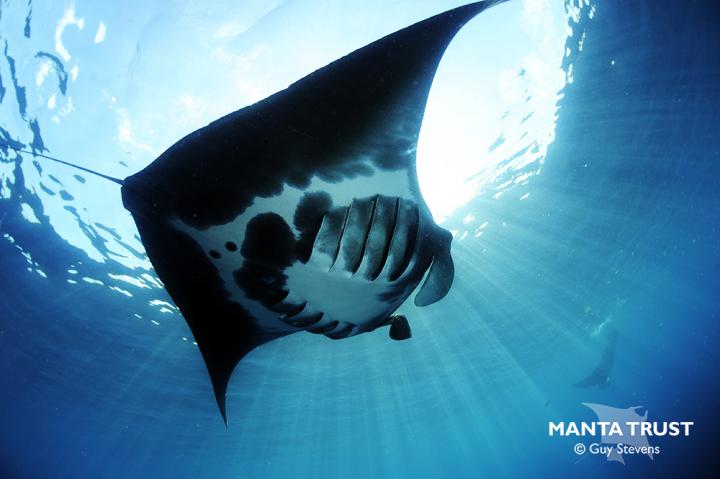DNA insights could help protect manta rays
Researchers provide evidence for a potential new ray species and suggest improvements to conservation approach.

Further support for a potential new species of manta ray in the Gulf of Mexico has been uncovered by a global genetic study.
The findings also illustrate subtle differences in genetic make-up between populations of the same species in different geographical areas.
The study has important implications for conservation management, suggesting that assigning protection based solely on species classification may not be as effective as previously thought.
Genetic insights
An international team of scientists collated a large, diverse bank of genetic data on ray species, collecting tissue samples from 116 individuals for DNA analysis.
A comparison between species was used to establish an evolutionary family tree ̶ in a practice known as phylogenetics ̶ from which further analysis was done, highlighting the possibility of a new species.
Future studies could provide additional morphological and habitat data in support of the naming of a new species.
Conservation approach
The findings provide a framework to aid protection efforts for manta and devil ray species around the world that are threatened by targeted and bycatch fishing.
Evidence of diversity within a single species suggests that previous conservation approaches may not be enough to protect individuals.
Researchers propose that conservation management should now be applied within species, to account for differences between geographically separated populations.
Data generated within this study opens the door for defining distinct populations of manta and devil rays, and informing monitoring and regulatory efforts.
Conservation management relies on classifying diversity into discrete categories such as species or population units. For visually similar and elusive animals such as manta and devil rays, this can be challenging. Our study illustrates the potential for genomic techniques to capture diversity both within and between species and aid in conservation. The priority now is a formal description of the putative new species in the Atlantic
The study was co-led by Bangor University, the Royal (Dick) School of Veterinary Studies, the Roslin Institute, and the Manta Trust. It is published in the journal Molecular Ecology and has been funded by the Natural Environment Research Council, the Save Our Seas Foundation and the People’s Trust for Endangered Species.
Related links
Genome explains differences in wild and farmed salmon
Dr Rob Ogden on Conservation Genetics
About the Royal Dick School of Veterinary Studies
The Royal (Dick) School of Veterinary Studies is a one-of-a-kind centre of excellence in clinical activity, teaching and research. Our purpose-built campus, set against the backdrop of the beautiful Pentland Hills Regional Park, is home to more than eight hundred staff and almost fourteen hundred students, all of whom contribute to our exceptional community ethos.
The School comprises:
- The Roslin Institute
- The Global Academy of Agriculture and Food Security
- The Roslin Innovation Centre
- The Hospital for Small Animals
- Equine Veterinary Services
- Farm Animal Services
- Easter Bush Pathology
- The Jeanne Marchig International Centre for Animal Welfare Education
We represent the largest concentration of animal science related expertise in Europe, impacting local, regional, national and international communities in terms of economic growth, the provision of clinical services and the advancement of scientific knowledge.


